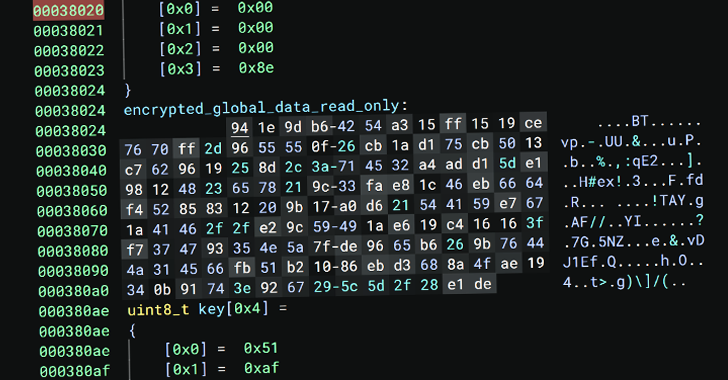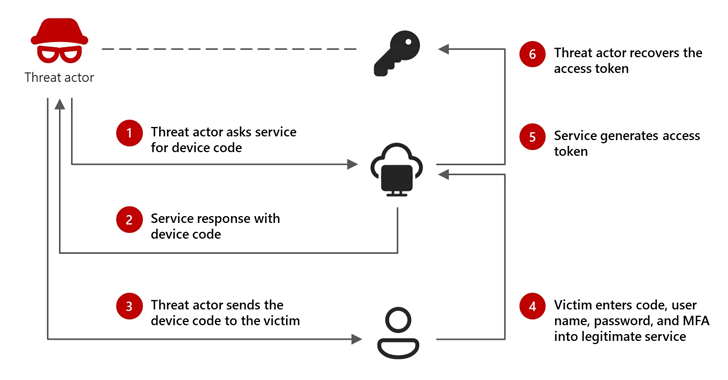[ad_1]
SpaceX said Monday that last month’s Starship explosion was brought on by a cascading series of events caused by propellant leaks — a problem the company says has been addressed ahead of an eighth test flight that could happen as early as Friday.
The spaceflight company is still waiting for the Federal Aviation Administration (FAA) to either officially close the “mishap investigation” into the explosion, or specially authorize SpaceX to perform the flight while the investigation continues.
This is, notably, the first time SpaceX has been subjected to a mishap investigation while CEO Elon Musk is operating inside the United States government, with workers from his so-called Department of Government Efficiency actively making changes at the FAA. The agency did not immediately respond to a request for comment.
SpaceX’s January test of Starship started off fine enough. The company was hoping to test out a number of upgrades to the Super Heavy booster, the launch-and-catch tower, and on Starship itself. The heavy-lift rocket system launched without any problem and headed off to space, with the booster eventually separating and coming back down to the ground in Texas where it was caught by the tower.
The problems started about two minutes after Starship ignited its own rocket engines to get to orbit. The company wrote in a blog post that “a flash was observed in the aft section of the vehicle near one of the Raptor vacuum engines.” Sensors onboard the ship started picking up a rise in pressure after the flash “indicative of a leak” of propellant, according to SpaceX.
Another flash was seen two minutes later, and SpaceX says “sustained fires” began in that section of Starship due to the leaks. The fires caused “all but one of Starship’s engines to execute controlled shut down sequences and ultimately led to a loss of communication with the ship.”
SpaceX says the leaks were most likely caused by vibrations that exceeded what the company expected from testing, “which led to increased stress on hardware in the propulsion system.” The automatic in-flight abort system eventually triggered the destruction of the ship following the fires and communications blackout.
That explosion led to a spectacular display over the islands of Turks and Caicos, and also resulted in the FAA diverting a number of flights to avoid any danger. SpaceX claims that all of the Starship debris “came down within the pre-planned Debris Response Area” — a sort of safe-zone that it typically negotiates ahead of flights with government agencies. Residents have been posting photos of debris washing up on beaches and at least one vehicle was struck, receiving minor damage.
SpaceX says it has made changes to the lines that send fuel to Starship’s engines, tweaked the temperature of the propellant, and has added extra vents and “a new purge system” to make the aft section in question “more robust to propellant leakage.”
[ad_2]
Source link




















